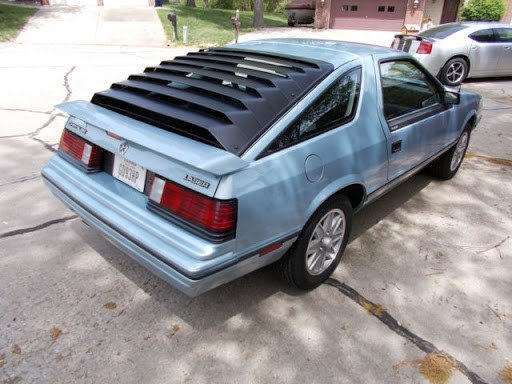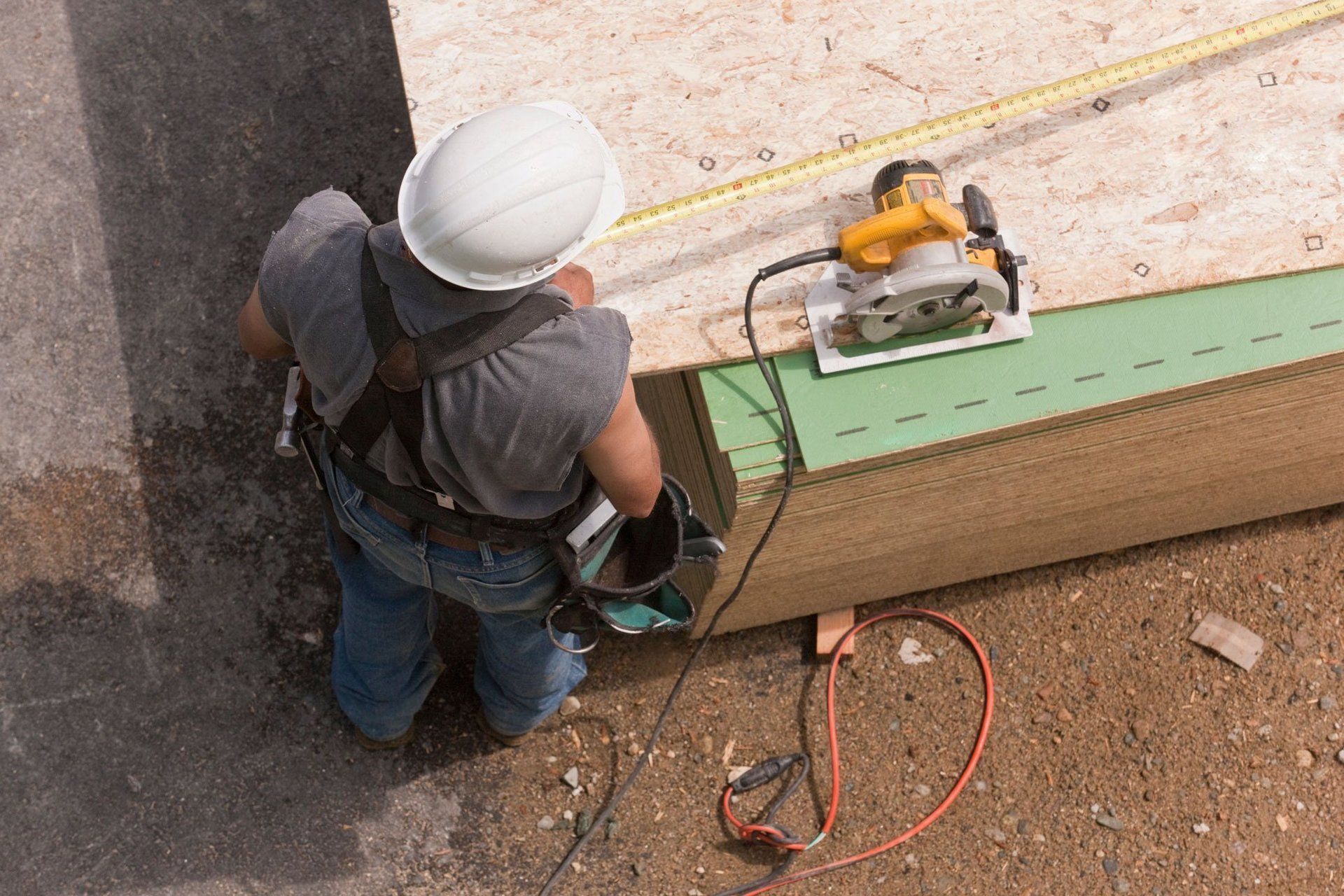How to Maintain Your Car

My first car was a 1986 Dodge Daytona purchased in June 1989. My grandmother gave me a loan for the car. It was ice blue metallic in color, with a 2.2 turbo engine. I bought it prior to relocating from upstate NY to Nova Scotia, Canada, where I was to start my first job as pastor of Sandford Wesleyan Church. It was all fancy shmancy going to my first job. Because the owner had left the car sitting unused for a while it needed new front brakes, which I did not discover until after I had purchased the car.
No one taught me how to maintain a car. My dad was a commercial electrician, but when it came to teaching his boys basic skills he was not that much interested. Over these 30+ years I have learned to maintain my car. I am not afraid to ask questions or ask for help from others, which has resulted in my learning how to change my oil, brake pads, changing out a starter with a bit of help from a friend. You will be able to do the same if you take seriously the ownership of a car.
Here are 10 things to remember or do when maintaining your vehicle, that will help it to last longer and secure the best resale price.
1. Begin by keeping a log of car repairs. I either use the manual supplied by the manufacturer or simply add a sheet of paper and store it inside the car manuals in the glove box. Whenever I have work done, I record the date, the mileage, and what I did. That keeps me up to date on all maintenance. And, when you ever sell the car, you will be able to show the prospective buyer everything you’ve done to the car.
2. Wash the car regularly and detail the inside often. I have detailed professionally probably 100 more cars. I cannot emphasize enough this aspect of maintenance. I use a 1-year wax. And between those waxes I use a spray on/wipe off wax that lasts a good month or more. Use the vacuum on the carpets and upholstery often. I use a spray foam from Walmart
or Dollar General for my carpets and mats, which helps lift the dirt and deodorizes the mats. I cannot count all the compliments I’ve received over the years because I keep my car detailed. I have never much bothered detailing the engine compartment, by the way. But it cannot hurt. Food consumption while driving is the archenemy of a clean car.
3. Change your oil every 3000 miles. This is the most important regular maintenance you will ever do for your engine. If you cannot do it yourself, take it to a Valvoline or Walmart and get them to do it.
4. Rotate your tires every 6000 miles, or every other oil change. Tires are the only thing between you and the road. So, it helps to buy good tires, and maintain them well. You can rotate your own tires if you have a jack and wrench. I purchased a torque wrench, so I can properly torque my lug nuts. This helps with proper tire wear. Once and a while pay to have your tires rotated, because the shop will usually balance your tires for you, which is necessary again for maintaining good tires. Also, after you have driven 500 miles on your newly rotated tires, be sure to check the lug nuts to ensure they’re still tight, because they could loosen.
5. Check your air filters often. You have two basic filters: the engine air filter and the cabin filter, which is inside your car usually behind your glove box. I have never been good at knowing when to replace the engine air filter. But, the standard rule every 12,000 to 15,000 miles, over every 4th or 5th oil change. If you drive on dusty roads, check it often and change it more often. For your inside cabin filter, check this once a year and change as needed. This is often an overlooked maintenance issue but makes all the difference in how you’re a/c performs.
6. Take extra care maintaining your windshield wipers in the winter months. If you don’t invest in expensive wiper blades (it’s your call), the cheaper blades often car frozen to your windshield on those cold winter mornings. It becomes difficult to loosen the cheaper blades from the windshield without tearing them apart. You may want to resort to lifting your blades from the windshield after your done driving for the day.
7. Check your brakes often. Because most cars are front wheel drive, your front brakes will not last as long as your rear brakes. When you buy your brake pads/shoes, it is important to know how many miles they will last. If you know that, you will know when it’s time to check them for wear and tear. Change out your pads before they start to wear on your rotors, and it will save your rotors from undue wear from over-used brake pads/shoes.
8. Replace your spark plugs regularly, according to the plug manufacturer’s recommendation. You can replace your plugs if you have the right tools. Just be careful you do not break the plug while trying to remover, or you’re in big trouble. Using a torque wrench to tighten them is a plus.
9. Check your battery at least once a year for buildup of corrosion. The corrosion is a white or sometimes bluish-green powdery substance called lead sulfate or anhydrous copper sulfate that accumulates on your terminals. When this substance builds up, it prevents your battery cables from properly conducting electricity, which can lead to other major problems. I use a battery terminal wire brush (pictured here) to remove the sulfate
10. Do not forget renewing insurance, license, and annual registration. You cannot drive without them.

Recently, I spent my lunch time with a senior leader in our organization. It was one of the best working lunches I’ve had in a long time. In fact, I can’t remember a time like this, when someone above me poured into me. For too many of us, times spent with senior leaders are filled with anxiety. Or, we're beaten down afterward and feel like in order to get clean from the experience, we need to take a long, hot shower. Please! For your sake, and the sake of your team, learn from what I am sharing and put some of these into practice the next opportunity you have to pour into your team. 1. He gave me his full time and attention. He didn’t check his phone (or Apple watch) the entire time we met. No blurting sounds either, to interrupt our lunch. In fact, I didn’t know he had a phone. He listened intently to what I had to say. He asked follow-up questions often. He looked me in the eyes often when he spoke to me, which said to me he had just the right amount of self-confidence. 2. He bought me lunch. That is kindness in action, since I invited him to lunch and was profuse in my attempts to buy him lunch. 3. He offered up a sum of money to invest in my leadership development. Very impressive. This said to me he not only believed in me as a leader but that he sees a future for me in the organization. When someone does that it causes you to think, “I want to be here for a while.” I came away thinking I have a opportunity to help write our story. 4. He asked about my family. I know there’s debate about how personal you should get with co-workers. But in this instance, man to man, I appreciated his interest how my wife and I were doing with our transition to this new job and how our kids were doing. 5. He challenged me. As he politely inquired about one area of life, I was stuck and he knew it. He politely suggested a reason for this and then challenged me by carefully suggesting a way to become unstuck. Very smart move on his part. Friends, this isn't rocket science here. Life is about making good memories. This was one of them for me. I hope you take steps now to intentionally pour into someone and make a forever positive memory for them.








